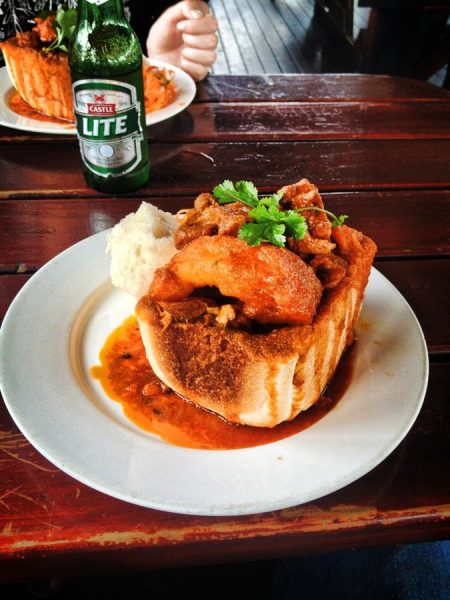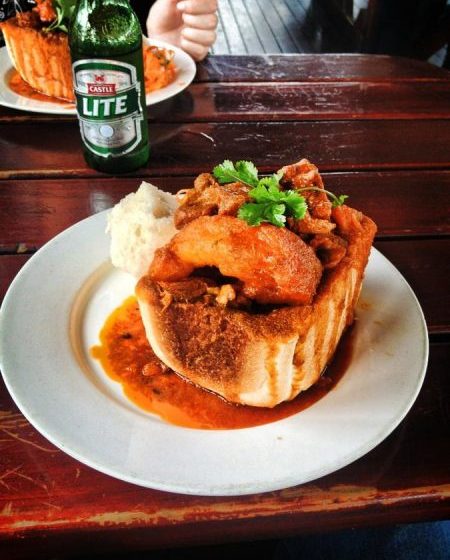A Quick Tour of South African Food History and Culture
There has been a steady rise in the popularity of African and African diaspora food in the UK, from Jamaican to Ethiopian, but how well do you know your boerewors from your bunny chow? Welcome to a historical and cultural snapshot of South African food.
South Africa has a long and complicated history, differing climates and even 11 different official languages. Understandably, it has an equally complicated relationship with food. Sometimes described as ‘The Rainbow Nation’, South Africa is truly a melting pot, and the influence of colonisation and immigration is present in the food eaten across the country. Firstly with Portuguese visitors, to Dutch, British colonial rule and then Indian immigrants, each new visitor has left its mark in the food that we think of as culturally South African.

The Portuguese and Dutch brought spices from the spice trade to the port towns of the country (e.g. Cape Town, Port Elizabeth and Durban) and the Dutch, as part of The Dutch East India Company, brought enslaved people from what is now modern day Indonesia, Malaysia and also India. The then enslaved Indonesian and Malaysian people brought their cuisine and spices to the western cape in the 1600s, and still exist today as the ethnic group of Cape Malay. This is believed to be the first Muslim community in southern Africa. Cape Town is not only home to much of that history and culture, but also to their food.
Cape Malay food is often characterised by its use of sweeter spices and dried fruit like apricots and raisins in their curries. It’s the Portuguese influence that we have to thank for the cultural institution that is Nandos, originally hailing from Johannesburg. The Indian influence in Durban brought about the creation of bunny chow, a personal favourite of mine, which is, crudely put, curry in a whole or quarter loaf of bread. Almost similar to the Cornish pasty in origin story, it’s said that bunny chow was used as a way of eating on the go, and used to be wrapped in newspaper to take out and is intended to be eaten with your hands.

South Africa is undoubtedly a meat-eating nation. Fish is eaten widely, especially in coastal regions, but its the meat which is central to South African food – and it’s not just the usual chicken, beef, lamb and pork – game meats such as goat, mutton, wildebeest, springbok and ostrich could all make an appearance at a braai.
A braai is probably best explained as a barbecue, but is also miles away from the British idea of grilling meat over fire. Other staples at a braai include boerewors, a large, spiced, mostly beef sausage, and pap, which is a kind of cooked corn meal not dissimilar to cooked polenta or a thick porridge. Pap is the kind of food that everybody and their grandmother has an opinion on; some people love it, and some (like me) are less of a fan.
If you’ve got more of a sweet tooth, malva pudding is the way to go. It’s a baked, cake-based pudding sweetened with apricot jam. The closest comparison in the UK may be a sticky toffee pudding, but in reality, there’s nothing like it. Despite the apricot jam, it’s not really apricot flavoured. It’s served warm and soaked in a cream sauce. There’s often ice cream to go with it but if my family’s consensus is anything to go by then the only real companion for a malva pudding is custard. It’s one of those nostalgia inducing dishes, perfect for the colder weather.
Unfortunately South Africa is a little far for a trip over a long weekend but Google is your friend; find some recipes and try them out.

